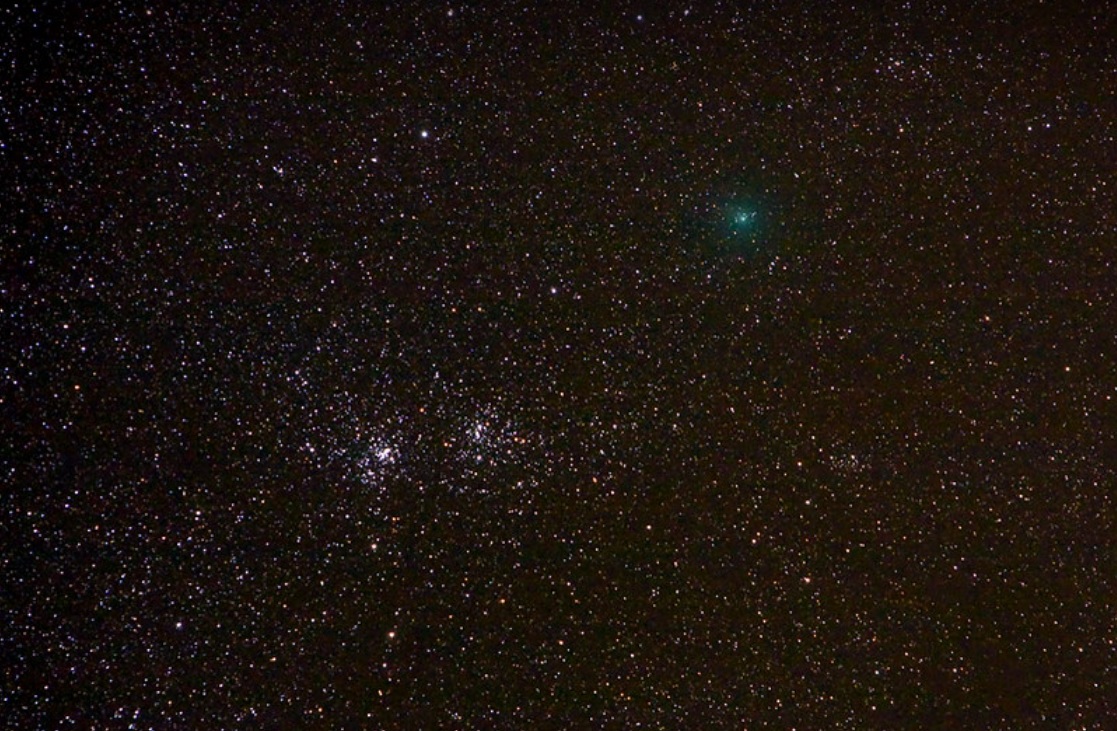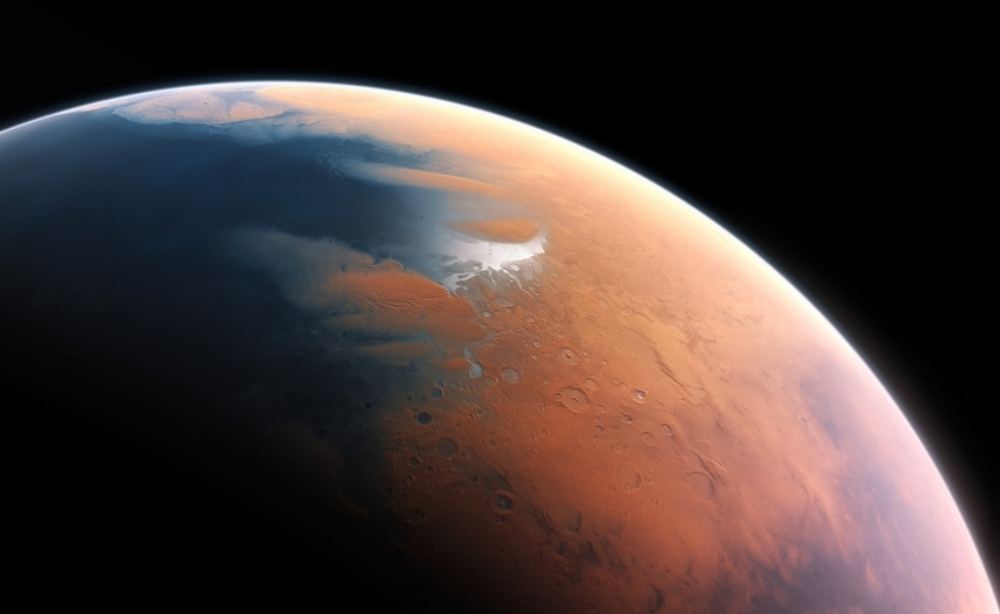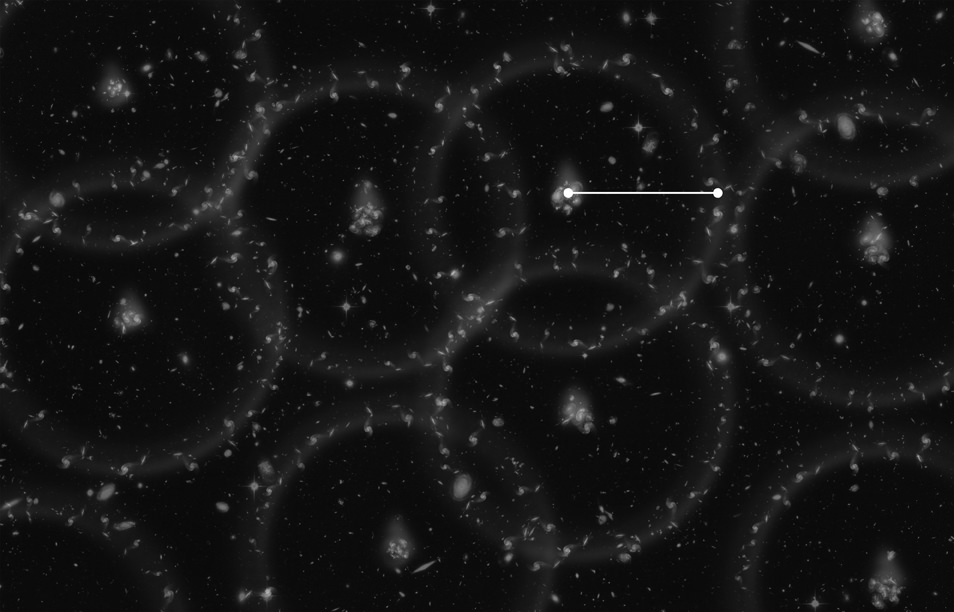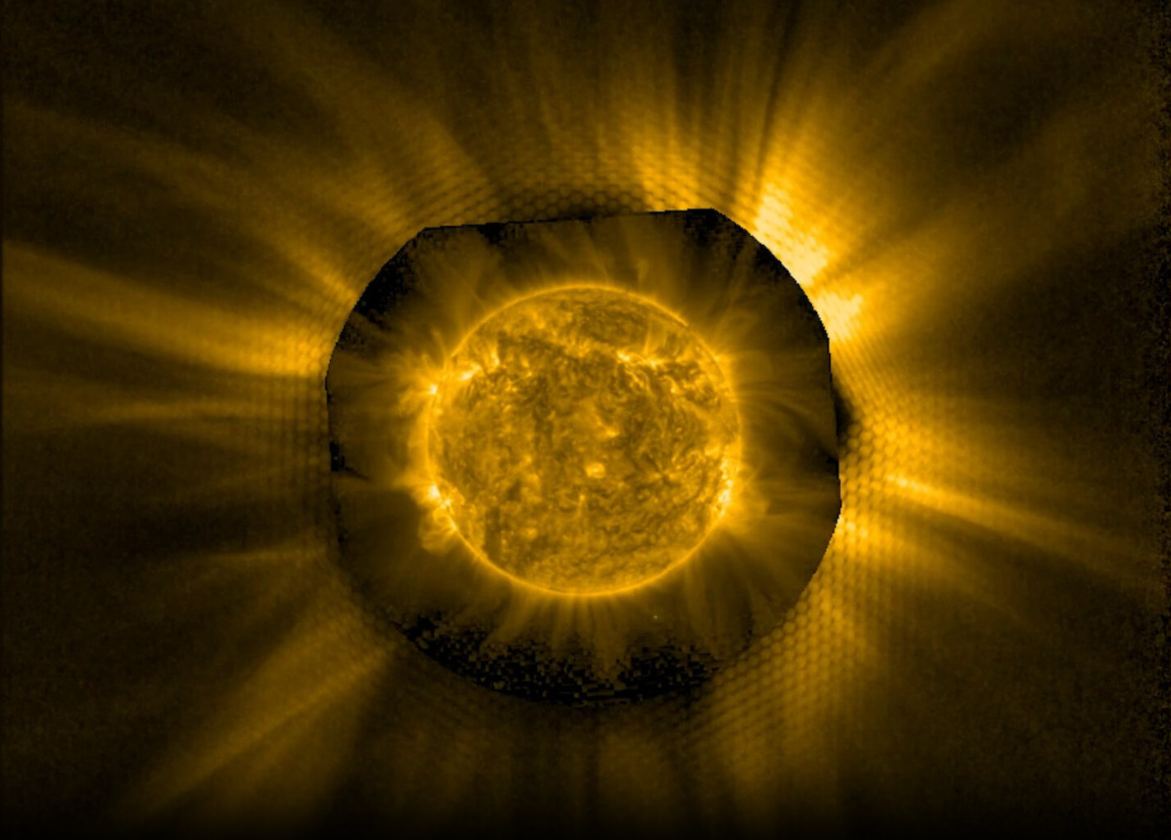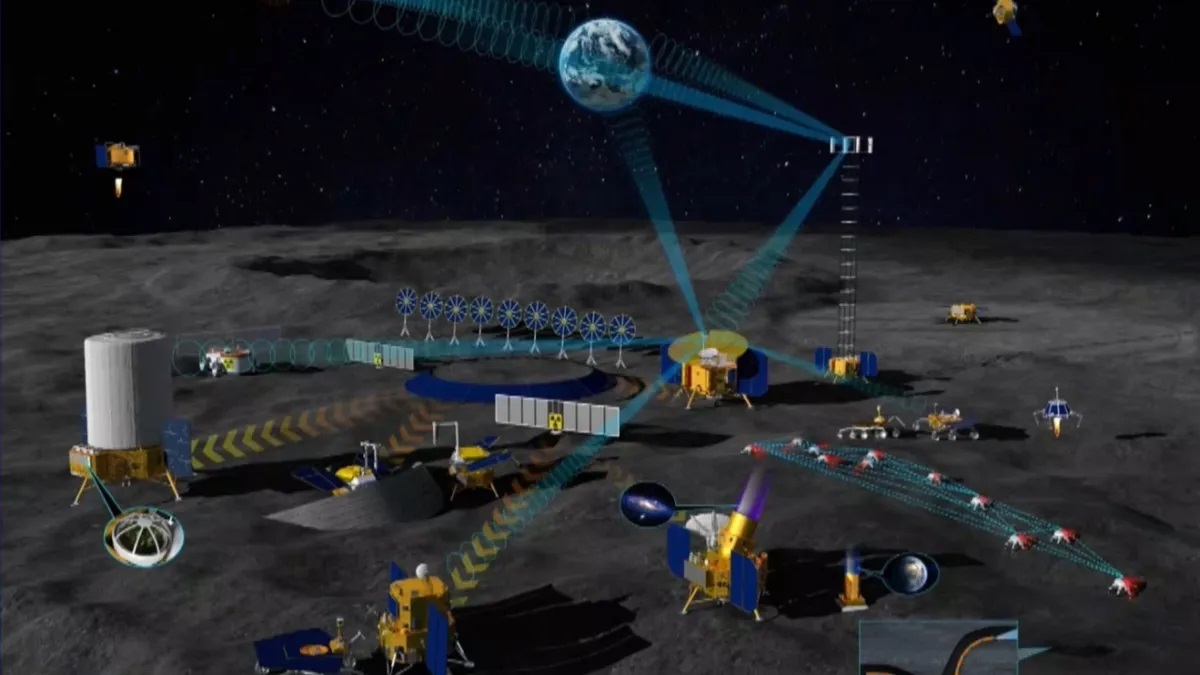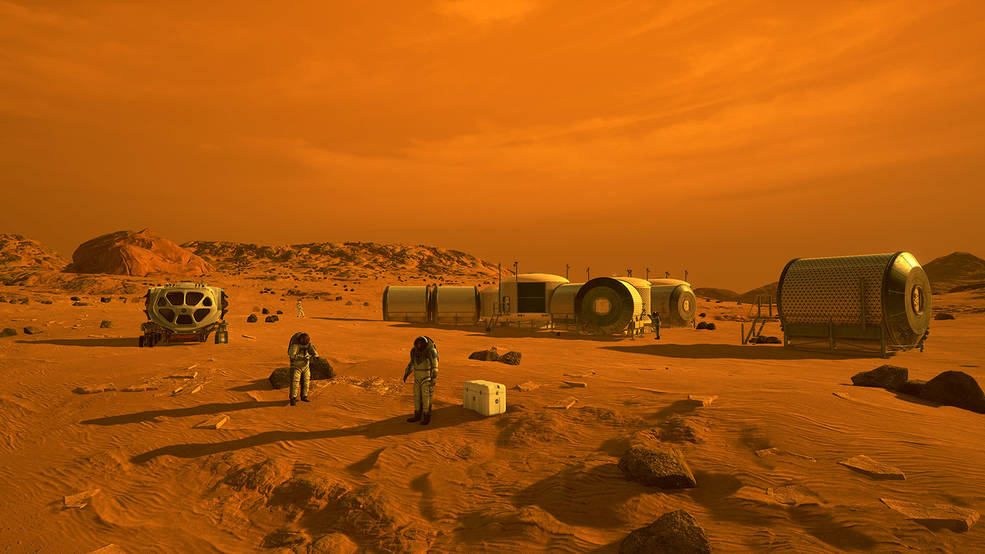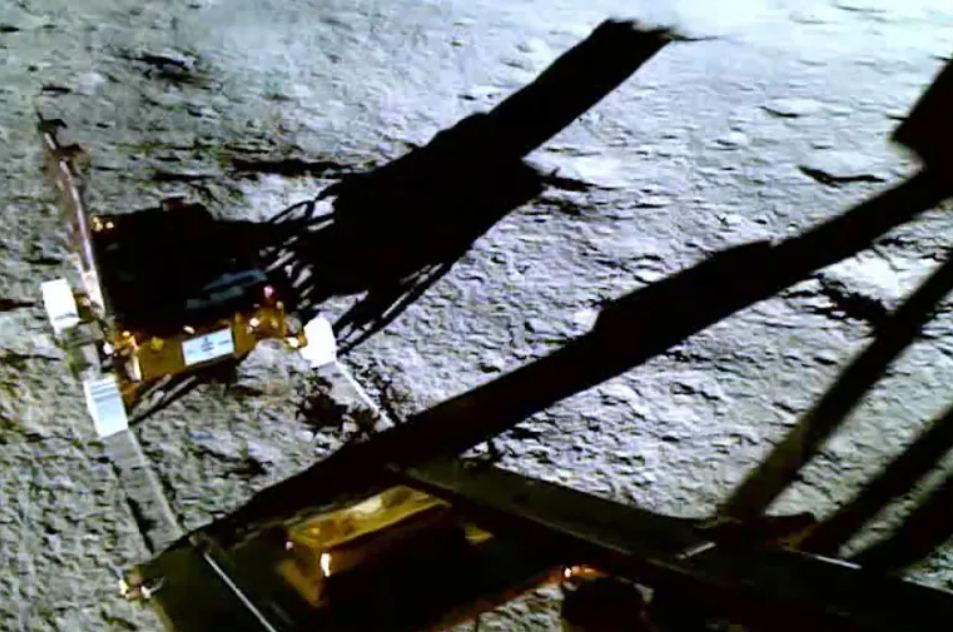After NASA’s DART mission slammed into asteroid Dimorphous in September 2022, scientists determined the impact caused tons of rock to be ejected from the small asteroid’s surface. But more importantly, DART’s impact altered Dimorphos’ orbital period, decreasing it by about 33 minutes.
However, a group of researchers measured the orbital period about a month later and discovered that it had increased to 34 minutes — 1 minute longer than the first measurements. Even though it was a single impact from DART, some force continued to slow the asteroid’s orbit, and astronomers don’t yet know what that mechanism might be.
Continue reading “DART Had a Surprising Impact on its Target”

